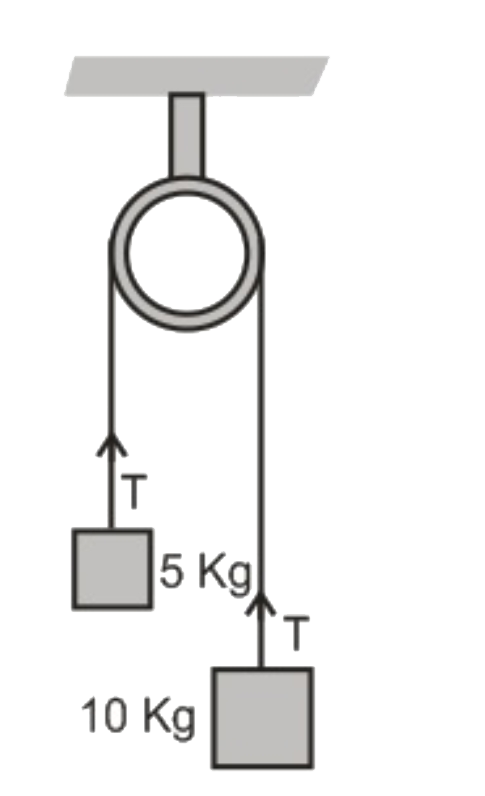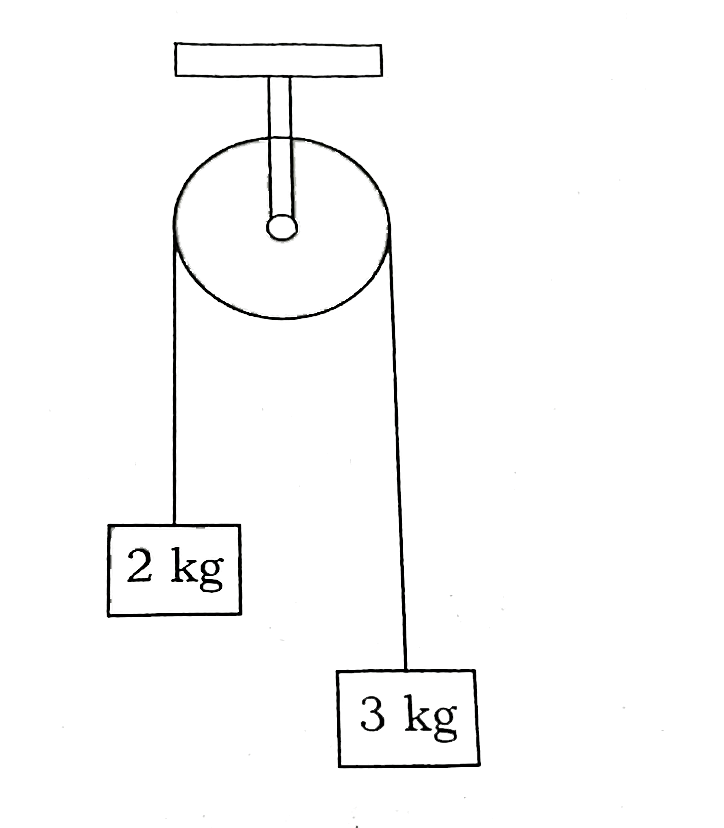The breaking stress of a wire depends on
 length of the wire
radius of the wire
material of the wire
shape of the cross-section
The correct Answer is:C
To determine what the breaking stress of a wire depends on, we need to analyze the factors that influence it. Breaking stress is defined as the stress at which a material fails or breaks. Here’s a step-by-step breakdown of the solution:
Step 1: Understand Breaking Stress
Breaking stress is the maximum stress that a material can withstand before failure. It is a critical property of materials used in construction and manufacturing.
Step 2: Identify the Factors
The question provides four options:
1. Length of the wire
2. Radius of the wire
3. Material of the wire
4. Shape of the cross-section of the wire
Step 3: Analyze Each Factor
- Length of the Wire: Breaking stress does not depend on the length of the wire. This is because stress is defined as force per unit area, and the length does not affect this ratio.
- Radius of the Wire: Breaking stress is independent of the radius. While the cross-sectional area changes with radius, the stress is still a ratio of force to area, making it unaffected by the radius itself.
- Material of the Wire: This is a crucial factor. Different materials have different breaking stresses due to their intrinsic properties (like ductility, brittleness, and atomic structure). For example, steel has a different breaking stress compared to aluminum.
- Shape of the Cross-Section: The shape of the cross-section does not affect the breaking stress. Similar to radius, while the shape can influence the distribution of stress, it does not change the fundamental breaking stress of the material.
Step 4: Conclusion
From the analysis, we conclude that the breaking stress of a wire primarily depends on the material of the wire. The other factors (length, radius, and shape of the cross-section) do not influence the breaking stress.
Final Answer
The breaking stress of a wire depends on the material of the wire.
---
Breaking stress is the maximum stress that a material can withstand before failure. It is a critical property of materials used in construction and manufacturing.
The question provides four options:
1. Length of the wire
2. Radius of the wire
3. Material of the wire
4. Shape of the cross-section of the wire
- Length of the Wire: Breaking stress does not depend on the length of the wire. This is because stress is defined as force per unit area, and the length does not affect this ratio.
- Radius of the Wire: Breaking stress is independent of the radius. While the cross-sectional area changes with radius, the stress is still a ratio of force to area, making it unaffected by the radius itself.
From the analysis, we conclude that the breaking stress of a wire primarily depends on the material of the wire. The other factors (length, radius, and shape of the cross-section) do not influence the breaking stress.
The breaking stress of a wire depends on the material of the wire.
Topper's Solved these Questions
- MECHANICAL PROPERTIES OF SOLIDSBOOK - NCERT FINGERTPS ENGLISHCHAPTER - MECHANICAL PROPERTIES OF SOLIDSEXERCISE - HOOKE S LAW
3 Videos
- MECHANICAL PROPERTIES OF SOLIDSBOOK - NCERT FINGERTPS ENGLISHCHAPTER - MECHANICAL PROPERTIES OF SOLIDSEXERCISE - STRESS-STRAIN CURVE
5 Videos
- MECHANICAL PROPERTIES OF SOLIDSBOOK - NCERT FINGERTPS ENGLISHCHAPTER - MECHANICAL PROPERTIES OF SOLIDSEXERCISE - ELASTIC BEHAVIOR OF SOLIDS
2 Videos
- MECHANICAL PROPERTIES OF FLUIDSBOOK - NCERT FINGERTPS ENGLISHCHAPTER - MECHANICAL PROPERTIES OF FLUIDSEXERCISE - NCERT Exemplar
5 Videos
- MOTION IN A PLANE BOOK - NCERT FINGERTPS ENGLISHCHAPTER - MOTION IN A PLANE EXERCISE - Assertion And Reason
15 Videos
Similar Questions
The breaking stress for a wire of radius r of given material is F N/m2. The breaking stress for the wire of same material of radius 2r is:
View SolutionTwo blocks of masses 5 kg and 10 kg are connected by a metal wire going over a smooth pulley as shown in the figure. The breaking stress of the metal wire is 2×109N m−2. If g=10ms−2, then what is the minimum radius of the wire which will not break

View Solution
Knowledge Check
The breaking stress for a wire of unit cross-section is called
Ayield pointBelastic fatigueCtensile strengthDYoung's modulus
Figure shows a cubical block of side 10 cm and relative density 1.5 suspended by a wire of cross sectional area 10−6m2. The breaking stress of the wire is 7×106N/m2. The block is placed in a beaker of base area 200cm2 and initially i.e. at t = 0, the top surface of water & the block coincide. There is a pump at the bottom corner which ejects 2cm3 of water per sec. Find the time at which the wire will break.

View SolutionThe breaking stress of a material is 108Nm−2. Find the greatest length of a wire that could hang vertically without breaking? Density of material =3000kgm−3.
View SolutionTwo blocks of masses 2 kg and 3kg are connected by a metal wire going over a smoother pulley as shown in figure. The breaking stress of the steel is 2×109Nm−2. What would be the minimum radius of the wire used if it not to break ? Take ,g=10ms−2

View SolutionSpecific resistance of a wire depends on its
View SolutionSpecific resistance of a wire depends on its
View SolutionHow does the resistance of a wire depend on its radius? Explain your answer.
View SolutionThe breaking stress for a substance is 106N/m2. What length of the wire of this substance should be suspended verticaly so that the wire breaks under its own weight? (Given: density of material of the wire =4×103kg/m3 and g=10ms−12)
View Solution
